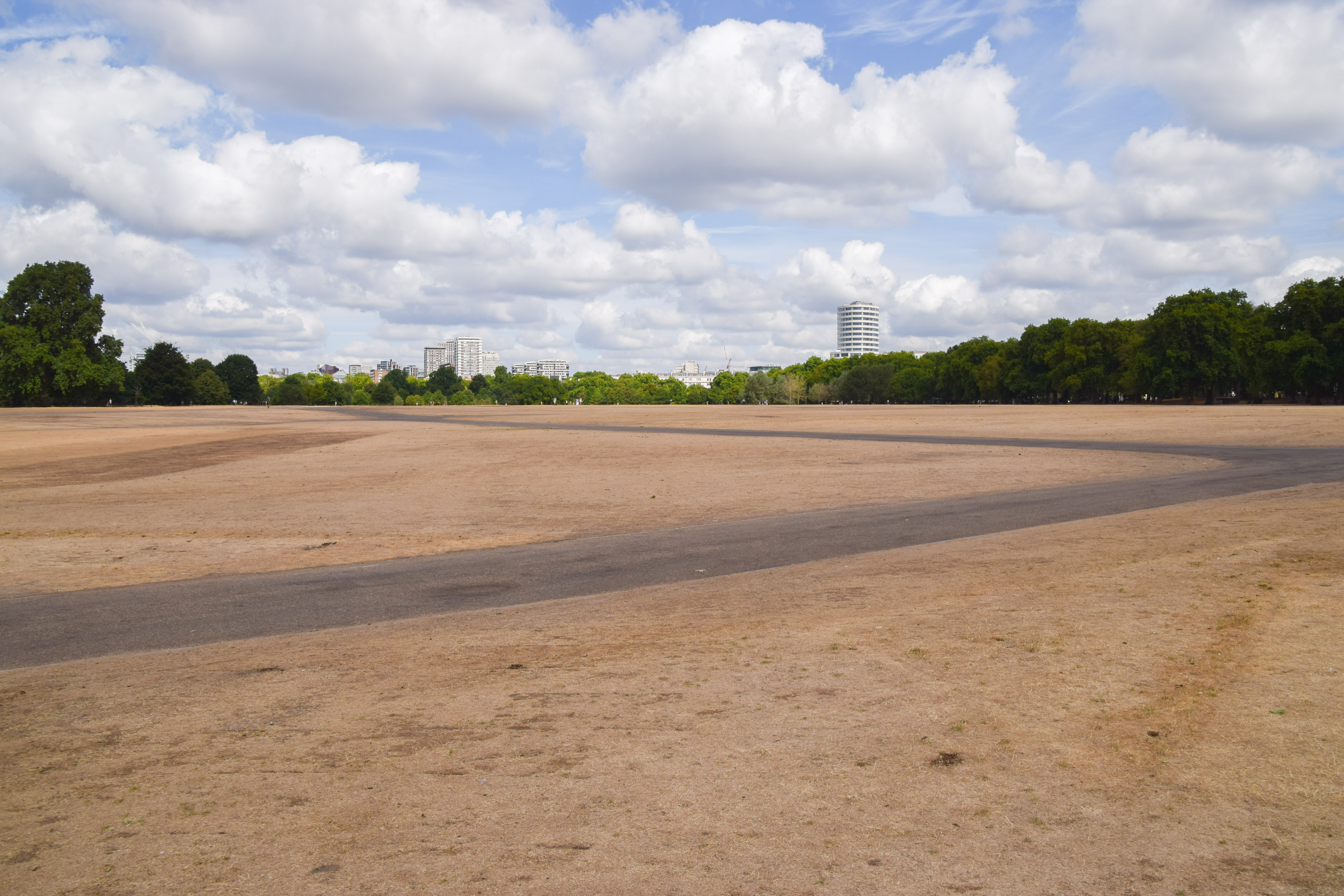February 2023
This website uses cookies to enhance your user experience. By using this website you are consenting to this.

This website uses cookies to enhance your user experience. By using this website you are consenting to this.

Alex Hickman
February 2023
Last year London experienced the most devastating drought since 1976 - and 2023 is predicted to be worse. With the help of our advisors at the Waterman Group, we explore the key benefits of rainwater harvesting for industrial developments and how it helps to combat the impact of urban drought and flood.
Drought in London
2023 is predicted to be hotter than last year and predictions suggest this rise in temperature could continue through the end of the decade.
The Environment Agency estimates that summer rainfall is expected to decrease by approximately 15% by 2050.
Capital investment is needed to increase capacity and reduce leakages, and society will need to adopt water efficiency measures over the coming decades to protect against water shortages across London and the wider UK.
In the media, the impact of drought is often reported as a consumer problem (dead grass, dried up rivers and hose pipe bans) but there is a growing impact on industry.
Thames Water confirmed in 2022 that “further restrictions on water usage for industrial supplies is on the cards if the drought continues.” So what role can the industrial sector play in mitigating the impact of drought? One solution for developers like KSP is to invest in rainwater harvesting.

Rainwater Harvesting
Rainwater harvesting is an engineering solution that collects rain in underground tanks as it falls from rooftops, runs off impermeable surfaces like asphalt yards or is absorbed by permeable parking surfaces. It is then stored on-site and recycled for re-use in the building’s WCs or landscape irrigation. The benefits are:
Future Proofing
In a future where drought leads to water restrictions, unplanned interruptions, increased water bills and serious flood risk, Our GLi platform has embraced the latest technology to future-proof all the buildings using rainwater harvesting.
We do this to protect London’s environment, save occupier costs, and develop buildings that will not need to be retrofitted to comply with future environmental regulations. Resilience is embedded to protect against the increasingly predictable impacts of climate change.
KSP would like to thank the Waterman Group for their support on this blog. For more information on GLi, their sustainable industrial warehousing and our Urban Life initiatives, please click here.